|
Our Solar System
|
Planets of the Solar System
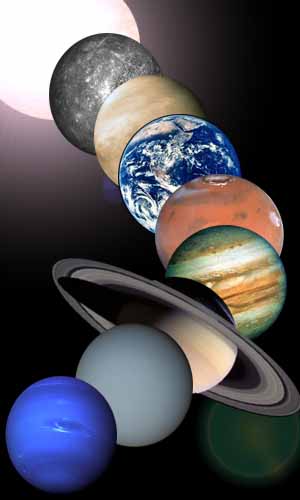 The eight planets of the solar system - In order from the sun they are Mercury, Venus, Earth, Mars, Jupiter, Saturn, Uranus and Neptune. Pluto which used to be the 9th planet is now classed as a dwarf.
The eight planets of the solar system - In order from the sun they are Mercury, Venus, Earth, Mars, Jupiter, Saturn, Uranus and Neptune. Pluto which used to be the 9th planet is now classed as a dwarf.
Solar System Facts
- The solar system is around 4.6 billion years old.
- There are eight major planets and over 100 moons in the solar system.
- Other objects in the solar system include dwarf planets, asteroids and comets.
- Many bodies in the solar system are visible to the naked eye.
- Mercury, Venus, Earth and Mars are the small rocky planets. Jupiter, Saturn, Uranus and Neptune are the gas giants.
- The sun is by far the largest object in the solar system.
- All the planets orbit the sun in an elliptical, oval shaped path.
- The solar system is in the galaxy known as "the milky way".
- Astronomers have found over 50 other stars in our galaxy which have planets orbiting around them. There are around 200 billion stars in the milky way.
- The Voyager 1 spacecraft is the furthest man-made object in the solar system, it is around 10.5 billion miles (17 billion km) from the sun.
Birth of our Solar System
 Artist's impression of the early solar system
The solar system began life around 4.6 billion years ago as part of a nebula cloud of molecular hydrogen and dust. Temperatures at the centre of this dark cloud were
extremely cold allowing gravity to condense the hydrogen, clumping it together until it eventually collapsed in on itself forming the early stage of a star called a protostar.
Over millions of years the protostar became hotter and hotter until eventually nuclear fusion occurred in its core causing it to expand and explode
creating our sun and sending matter scattering outward in every direction.
The remainder of the gas and debris formed around the sun and in time cooled off to form metal, rock and ice. This matter would go on to form the planets, moons, asteroids, comets and other bodies in our solar system.
Artist's impression of the early solar system
The solar system began life around 4.6 billion years ago as part of a nebula cloud of molecular hydrogen and dust. Temperatures at the centre of this dark cloud were
extremely cold allowing gravity to condense the hydrogen, clumping it together until it eventually collapsed in on itself forming the early stage of a star called a protostar.
Over millions of years the protostar became hotter and hotter until eventually nuclear fusion occurred in its core causing it to expand and explode
creating our sun and sending matter scattering outward in every direction.
The remainder of the gas and debris formed around the sun and in time cooled off to form metal, rock and ice. This matter would go on to form the planets, moons, asteroids, comets and other bodies in our solar system.
| Planets of the Solar System |
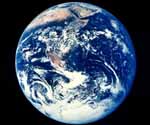
| The Planets in Scale of Size - Click here for larger image |

| Moons of the Solar System |
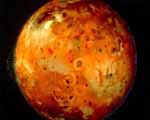
| Life in the Solar System |

| Our Solar System - Statistics |
Diameter of the Solar System: Unknown (possibly 2 to 3 light years)
Distance from Centre of Galaxy: 25 million light years
Orbital Period: 250 million years
Age: 4.6 billion years
Number of Planets: 8
Number of Dwarf Planets: 5
Number of Moons: 173
Rocky Planets: Mercury, Venus, Earth and Mars
Gas Giants: Jupiter, Saturn, Uranus and Neptune
Dwarf Planets: Ceres, Pluto, Haumea, MakeMake and Eris
Nearest Planet to Sun: Mercury (58 million km)
Farthest Planet from Sun: Neptune (4.5 billion km)
Farthest Man Made Object from Sun: Voyager 1 (17 billion km)
Distance from Centre of Galaxy: 25 million light years
Orbital Period: 250 million years
Age: 4.6 billion years
Number of Planets: 8
Number of Dwarf Planets: 5
Number of Moons: 173
Rocky Planets: Mercury, Venus, Earth and Mars
Gas Giants: Jupiter, Saturn, Uranus and Neptune
Dwarf Planets: Ceres, Pluto, Haumea, MakeMake and Eris
Nearest Planet to Sun: Mercury (58 million km)
Farthest Planet from Sun: Neptune (4.5 billion km)
Farthest Man Made Object from Sun: Voyager 1 (17 billion km)
Largest Planet: Jupiter (Diameter 142,984 km)
Smallest Planet: Mercury (Diameter 4,879 km)
Largest Moon: Ganymede (Diameter 5,262 km)
Smallest Moon: S/2003 J 9 and S/2003 J 12 (Diameter 1 km)
Greatest Planetery Gravity: Jupiter (20.87 m/s2)
Greatest Planetery Density: Earth (5.515 g/cm3)
Greatest Planetery Mass: Jupiter (1.8987 x 1027 kg)
Greatest Planetery Volume: Jupiter (1.4255 x 1015 km3)
Lowest Planetery Gravity: Mars (3.693 m/s2)
Lowest Planetery Density: Saturn (0.7 g/cm3)
Lowest Planetery Mass: Mercury (3.3022 x 1023 kg)
Lowest Planetery Volume: Mercury (6.08272 x 1010 km3)
Smallest Planet: Mercury (Diameter 4,879 km)
Largest Moon: Ganymede (Diameter 5,262 km)
Smallest Moon: S/2003 J 9 and S/2003 J 12 (Diameter 1 km)
Greatest Planetery Gravity: Jupiter (20.87 m/s2)
Greatest Planetery Density: Earth (5.515 g/cm3)
Greatest Planetery Mass: Jupiter (1.8987 x 1027 kg)
Greatest Planetery Volume: Jupiter (1.4255 x 1015 km3)
Lowest Planetery Gravity: Mars (3.693 m/s2)
Lowest Planetery Density: Saturn (0.7 g/cm3)
Lowest Planetery Mass: Mercury (3.3022 x 1023 kg)
Lowest Planetery Volume: Mercury (6.08272 x 1010 km3)
| Our Galaxy and the Universe |
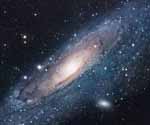
| Solar System Images |
Our Sun
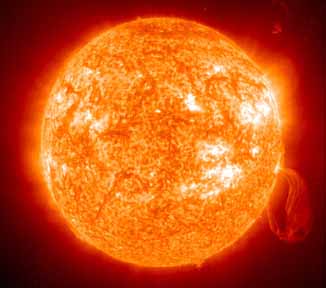

Surface of Mars
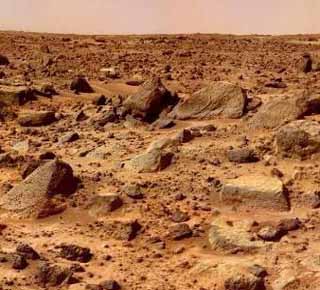

Ice Moon Europa
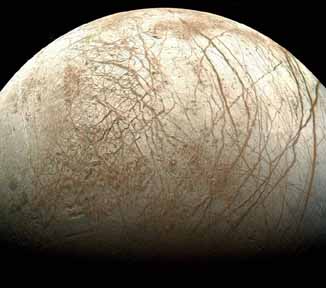

Jupiter's Red Spot
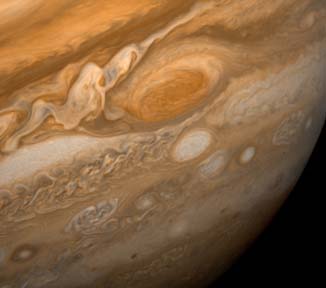

Saturn's Rings
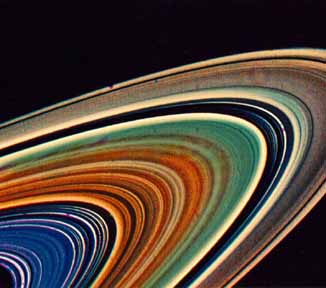

Surface of Titan (Artist's Impression)


| Sponsored Links |
